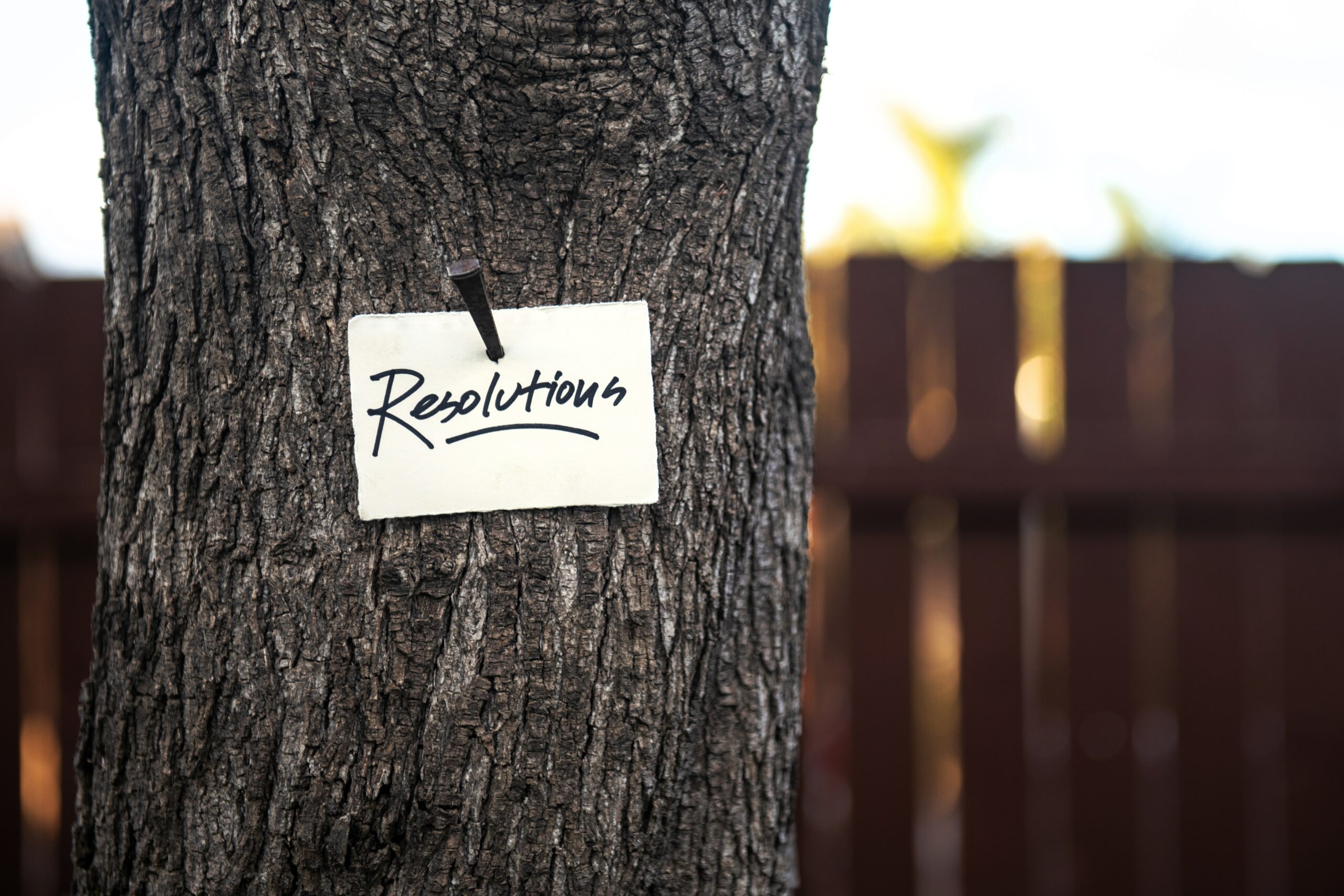What is JIRA?
Jira is a tool that is used for work management, from the planning of the work to be done, to the management of requirements and test cases. It is usually used for software development management in teams that work with agile methodologies, but it can also be used in other areas.
What is Jira made of?
To be able to use Jira in the correct way, it is necessary to have a good understanding of its basic operation and what it is made of.
Project: they are workspaces that are made up of tasks regarding said project, product, etc.
Task: is a work item that belongs to a project, which will be used by users from its creation to its completion.
Panel: it is a visualization of the tasks that exist in a project, in order to manage them and keep track of the status of our work that we are doing, the work that remains to be done, establish priorities, etc. The recommendation is that there is a panel per team.
Depending on the needs we have when working, there are 2 types of panels:
KANBAN: Focused on optimizing the workflow.
SCRUM: Focused more on projects and maximizing the delivery of constant and continuous value.
Workflow: represents the sequence of states that each task follows, from when we create it until we finish it. Here are some examples of statuses a task can have: To Do, Ready, In Progress, Blocked, QA, Done.
Dashboards: they are used to include graphs, lists, summaries that help organize projects and tasks in different ways.
What is Jira JQL?
It is a syntax language similar to SQL that is used to perform complex searches on the JIRA data model. A search in JQL consists of the logical concatenation (OR, AND) of filters (clauses), each of which is made up of a field, followed by an operator and a set of values or functions.
Example 1
Through this sentence we would obtain all the tasks assigned to the New office project and that its status is In Progress
project = “New office” AND status = “In Progress”
Example 2
It is also possible to use functions that retrieve values dynamically. Through this statement we would obtain all the tasks assigned to a user other than the one who has started the current session in the JIRA tool, whose name is returned by the currentUser() function.
assignee != currentUser()
As we can see, with JQL we have the possibility of obtaining all the information according to the different needs that any user who uses JIRA may have, in order to use it in dashboards, see how a team works, search for tasks by specific fields, etc…
Using JIRA by a development team
A software development team can use Jira to manage what tasks remain to be done, in progress or completed, what tasks have to be refined in order to start their development, the priority of the tasks, etc., in order to have a total vision of the work they do.
Normally, each team has its own panel in which the tasks of that team will be displayed, since there may be more teams working on the same product.
Example
Let’s imagine that we have this APP Sports Results product already in production which right now offers Soccer sports results. But now we want to continue developing in order to offer results in Tennis and Basketball.
In Jira we will do it this way:
We have to have a project called APP Sports Results in which all the tasks of this product will be created.
We have to have different Panels so that each team works on its own tasks:
Soccer Panel (Development Team 1): – Kanban type. Focused on solving bugs in the APP already in production and small improvements to Soccer that do not require much development.
Tennis Panel (Development Team 2): Scrum type. Focused on developing the Back and Front parts of Tennis.
Basketball Panel (Development Team 3): Scrum type. Focused on developing the Back and Front parts of Basketball.
Example of JIRA use by a development team.
Use of JIRA by a Product Owner
A Product Owner in Jira can manage all the work that the development team must do, from creating User Stories associated with Epics for developers to prioritizing the Backlog, Sprint Backlog, etc; have Dashboards to see progress metrics of the product/project you are working on as well as development team metrics to see the progress of the current Sprint and also be able to plan the possible following Sprints.
Therefore, the Product Owner must use the Development Team Dashboard (previous image) as well as a Dashboard that helps him have visibility of the different metrics he needs, being able to configure it in different ways, with different graphs. and metrics that help organize work according to need.
Example 1
In this image we see the Soccer Panel managed by the Product Owner for the work of the Development Team, where you can see the Backlog of tasks with the different types of tasks and priorities, the Sprint Backlog that is currently being worked on and the details of one of those tasks.
JIRA usage example 1 for a Product Owner.
Example 2
In the following image we see a Dashboard with some gadgets included that show different graphs of the status of tasks, metrics by type of task, prioritization of pending work, days to finish the current Sprint…
Example of using JIRA 2 for a Development Team.
As we have seen through the examples, JIRA provides the Product Owner with the essentials to be able to carry out their work and to do it in the most efficient way possible.



